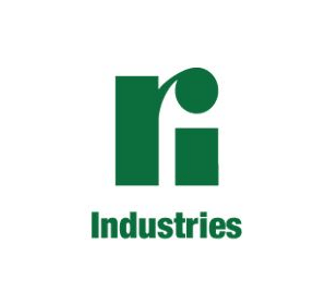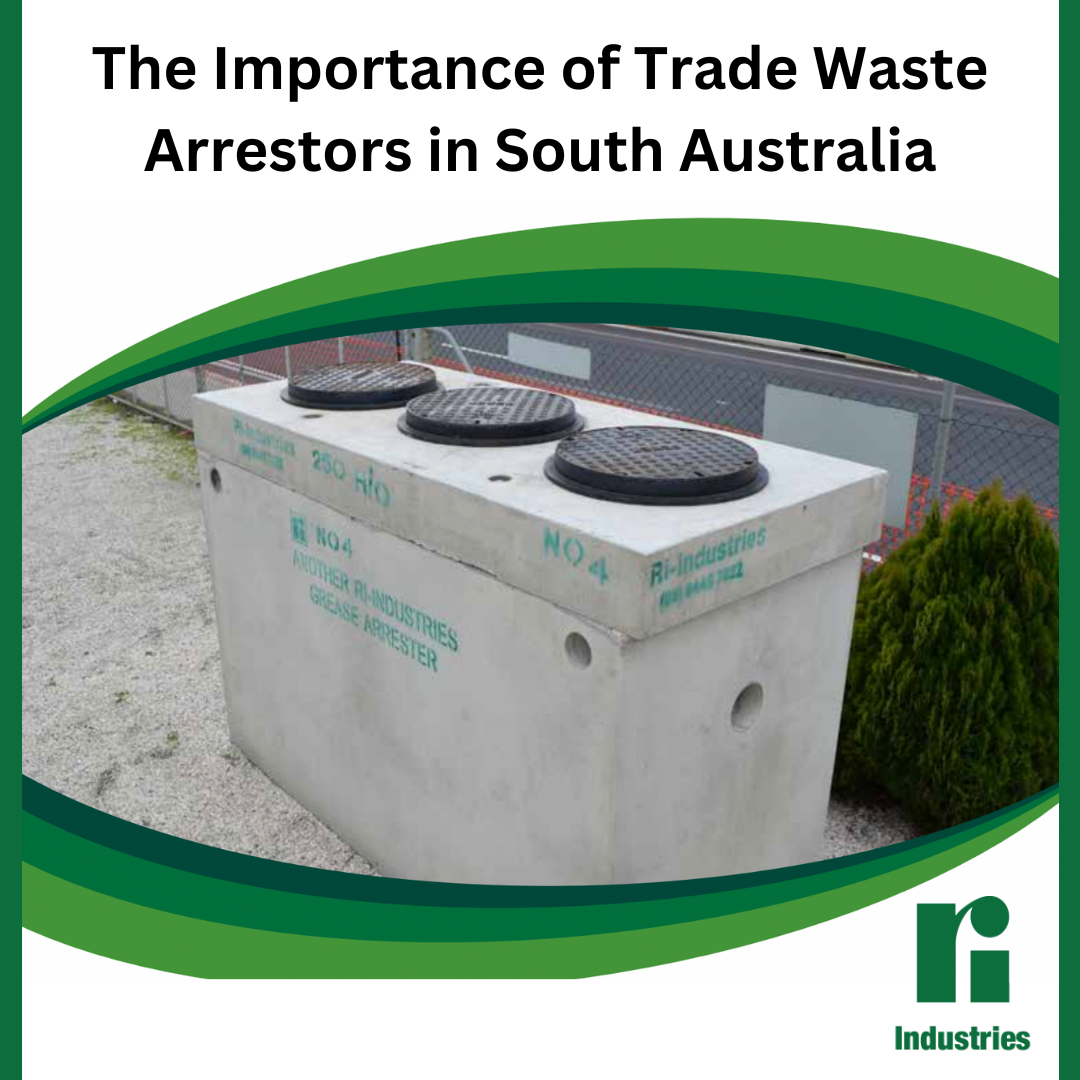
Xeriscaping, a sustainable landscaping technique ideally suited to the climate and environmental conditions of South Australia, has been gaining popularity. As we prepare for the colder months ahead, homeowners and landscapers alike are exploring innovative ways to maintain beautiful outdoor spaces while conserving water and resources. Xeriscaping can create stunning landscapes that thrive even during the chillier seasons, while significantly reducing water consumption and maintenance requirements.
Understanding Xeriscaping
Xeriscaping, derived from the Greek word “xeros” meaning dry, is a landscaping approach focused on creating visually appealing outdoor spaces using minimal water. Originating in arid regions, xeriscaping prioritises drought-tolerant plants, efficient irrigation systems, and soil improvements to maximise water retention. While traditionally associated with desert landscapes, xeriscaping principles are highly adaptable and well-suited to South Australia’s Mediterranean climate, characterised by hot, dry summers and mild, wet winters.
Benefits of Xeriscaping in South Australia’s Colder Months
Water Conservation
One of the primary advantages of xeriscaping, especially during the colder months, is its ability to significantly reduce water consumption. By incorporating drought-tolerant native plants and implementing efficient irrigation methods, such as drip irrigation or rainwater harvesting systems, homeowners can maintain vibrant landscapes without relying heavily on supplemental watering. This not only conserves water but also helps mitigate the impact of water restrictions that may be imposed during periods of scarcity. Learn about Ri-Industries’ concrete rainwater tanks here and tips to use the collected rainwater to water your garden here.
Low Maintenance
As the temperature drops and daylight hours decrease, traditional landscapes often require less maintenance. However, xeriscaped gardens take this a step further by inherently requiring minimal upkeep year-round. With carefully selected plants adapted to the local climate, xeriscaping reduces the need for mowing, pruning, and fertilising, freeing up time and resources for other activities. Additionally, the use of mulch and organic matter helps suppress weeds and improve soil health, further reducing maintenance tasks.
Cold Hardiness
While xeriscaping is typically associated with drought resistance, many native and Mediterranean plants selected for xeriscaped gardens also exhibit cold hardiness, making them well-suited to South Australia’s winter conditions. These plants can withstand frost and cooler temperatures, maintaining their foliage and structure throughout the colder months and providing visual interest year-round. By incorporating a diverse range of species with varying cold tolerances, xeriscaped landscapes can remain vibrant and attractive even in winter.
Environmental Sustainability
Xeriscaping promotes environmental sustainability by minimising the ecological footprint of landscaping activities. By reducing water consumption, chemical inputs, and greenhouse gas emissions associated with lawn maintenance equipment, xeriscaped gardens contribute to a healthier and more sustainable ecosystem. Furthermore, native plant species support local biodiversity, providing habitat and food sources for native wildlife, including birds, butterflies, and bees.
Tips for Xeriscaping in South Australia’s Colder Months
- Choose Native and Drought-Tolerant Plants: Select species that are well-adapted to South Australia’s climate and soil conditions, ensuring they can withstand both dry summers and cold winters. See our article Best Plants for Xeriscaping for suggestions.
- Implement Efficient Irrigation Systems: Install drip irrigation or micro-sprinkler systems to deliver water directly to plant roots, minimising water waste and maximising efficiency.
- Mulch and Amend Soil: Apply mulch to retain soil moisture and regulate temperature, while incorporating organic matter to improve soil structure and fertility.
- Group Plants by Water Needs: Design planting beds based on water requirements, grouping together plants with similar moisture needs to optimise water usage.
Concrete rainwater tanks and wastewater treatment systems are available at Ri-Industries. Our experts are available to answer your questions and help you decide on the best products for your home. Call us at 08 8444 8100.









